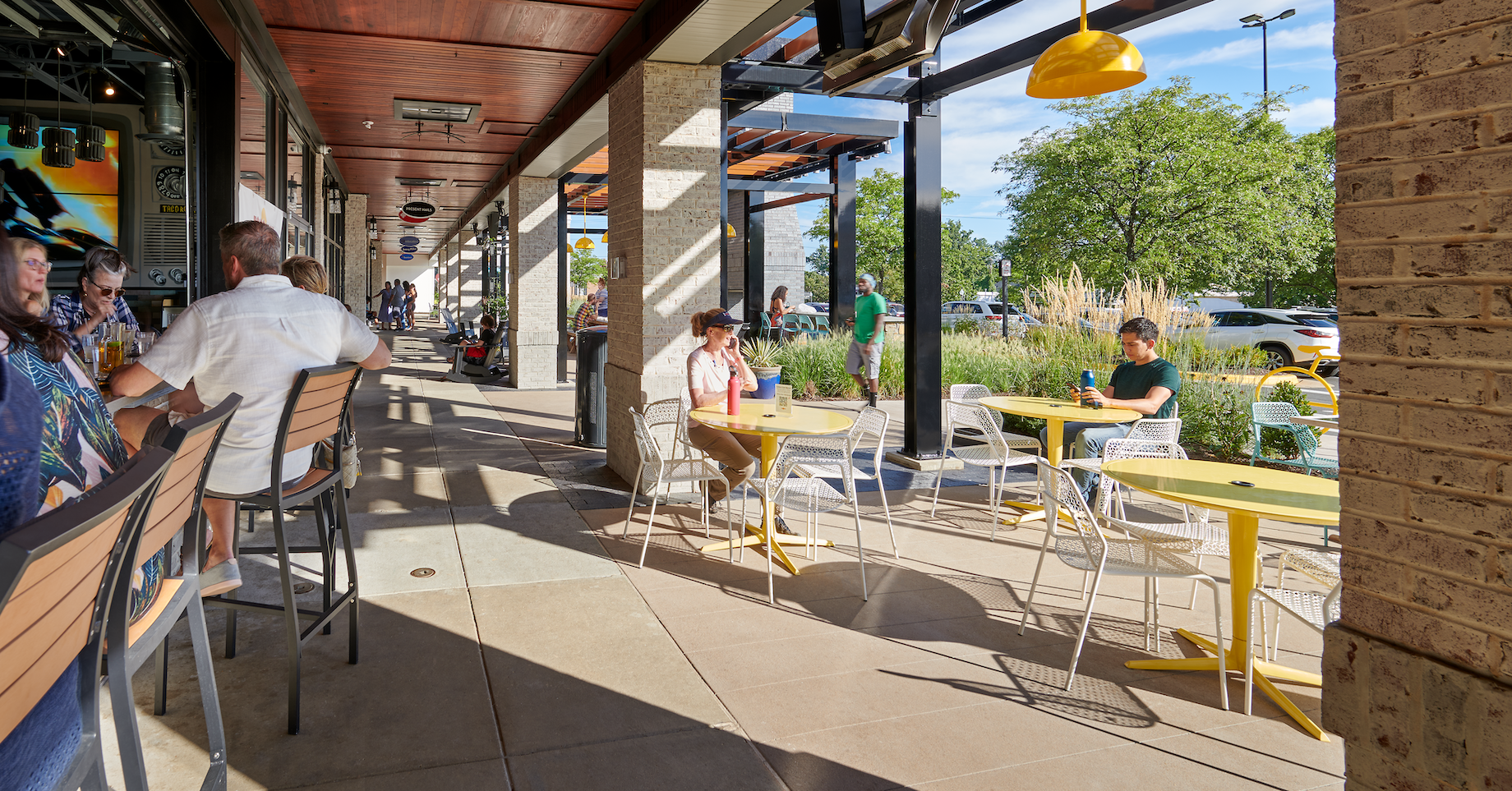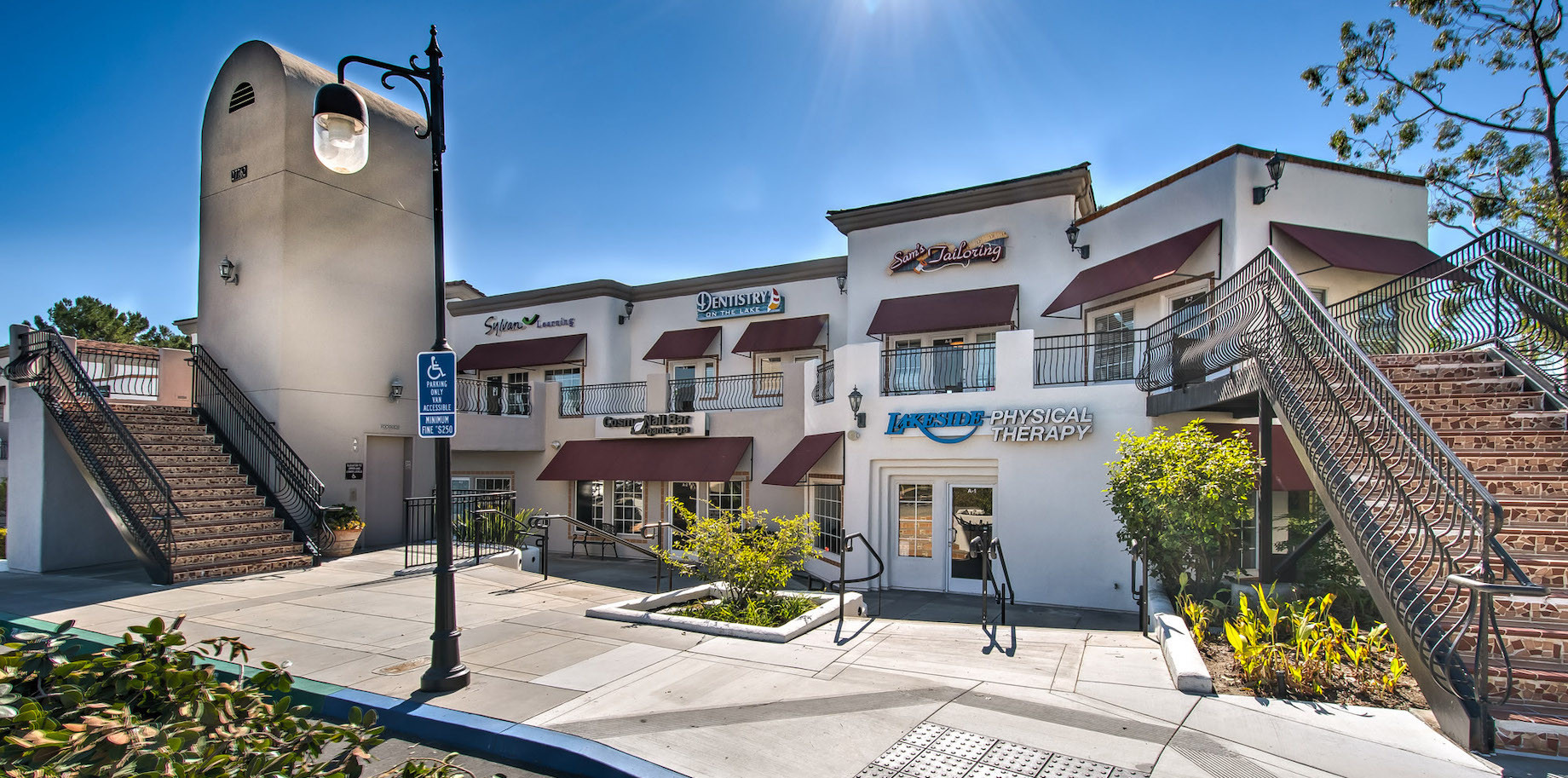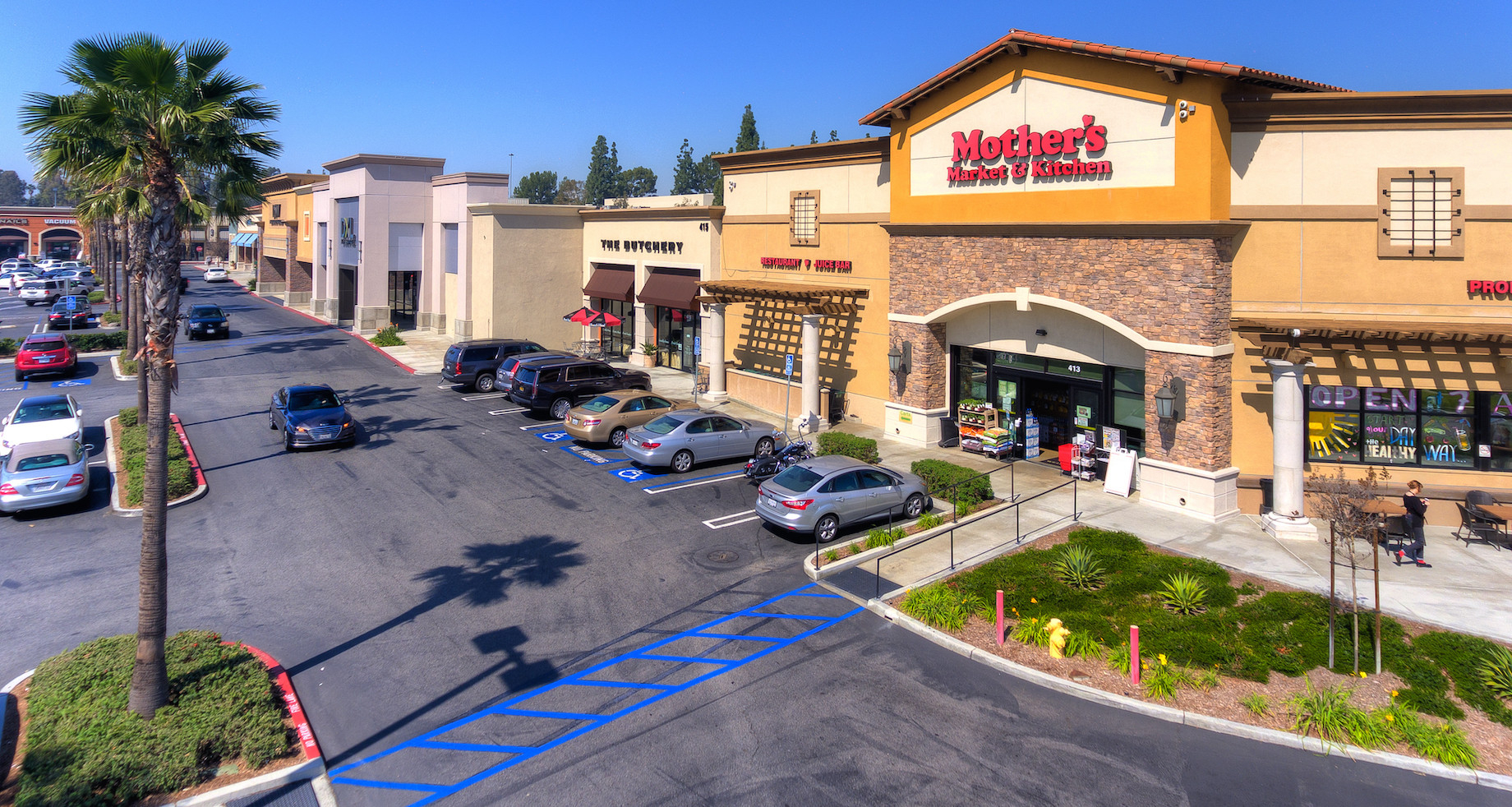It’s cheaper to keep a good tenant than to replace one when figuring in commission fees, potential tenant improvement dollars, the creditworthiness of a new tenant and how that tenant might affect the merchandising mix. So why do good retailers decide to leave, and what can landlords do to mitigate their departures?
Occupancy Costs
Today’s U.S. retail property fundamentals indicate a landlord’s market. The average availability rate of 4.9% in the fourth quarter was 170 basis points lower than two years prior, for example, and new completions dropped 140% from their 10-year quarterly average, according to CBRE. Those metrics drove an average 7.4% increase in rental rates over an 18-month period to nearly $23 per square foot at the end of 2022, according to Cushman & Wakefield.
But owners may scare off retailers if they hike rents too aggressively, experts agreed. “Tenant retention is all about the landlord being cognizant of tenant sales, tenant performance and tenant occupancy costs,” said RCS Real Estate Advisors managing director Ed Coury. “Rent pressure is the No. 1 reason we see our clients leaving shopping centers.”
Typically, occupancy costs approaching 12% to 13% of sales erode a retailer’s profitability, said Woodmont Co. Asset Services president and CEO Fred Meno. Yet, given the strong demand in a tight market, landlords are more likely to use their newfound leverage, added Geno Coradini, a managing director of retail with JLL in Dallas. “Even if a store is moderately successful, however, that extra occupancy cost can flip a switch for that retailer and it may choose to vacate,” Coradini explained. “And it’s not always greener pastures for landlords who choose not to renew a tenant.”
Property type can influence how much leverage landlords possess. CBRE reported that open-air neighborhood, community and strip centers saw significantly stronger rent growth last year than malls and lifestyle centers. Regardless of the project, however, landlords need to be aware of the challenges retailers face, especially higher labor costs, and strike a balance that benefits both, said Trademark senior vice president of leasing Daniel Goldware. “We’ve managed to get some pretty strong rental increases,” he said, “but by no means has it been easy.”
One way landlords can convince tenants to stay is to provide short-term lease extensions, said Paul Chase, executive vice president of retail with JLL in Danville, California. That applies when a retailer is nervous about occupancy costs or needs more time to negotiate rent, but it also can buy time if a tenant wants to move to a different location within a center, he said. “If you like a retailer, there are lots of reasons to keep them in place,” Chase noted. “A short-term lease extension allows you to figure out ways to create a longer-term relationship.”
Fleet Optimization
Retailers are reevaluating their store fleets as they adopt omnichannel strategies and tackle challenges like labor and occupancy costs, logistics and a tighter credit environment. In some cases in which store sales are underperforming the chain average, those difficulties will translate into closings.
Tracking traffic and tenant sales where available while also conducting tenant interviews, observing store operations, determining a store’s ranking within the chain and communicating with a retailer’s real estate people can help identify a tenant that’s about to pull up stakes, Goldware said. “The more information you have, the better prepared you are to negotiate, but it’s a give-and-take and you have to decide if you really want that retailer or if you’re better off moving to a new name that can drive traffic or better fit the demographics.”
Meanwhile, optimization also is happening at the individual store level. DSW, Target, Ikea, Macy’s and Kohl’s are just a few brands embracing smaller concepts, for example. That trend has flipped the retail script over the last decade or so, Meno said.
ALSO FROM C+CT: Localization Versus Cookie-Cutter Stores: Is There a Payoff?
“The ability of a landlord to be able to accommodate a tenant downsizing is more common right now than having to worry about a tenant that is expanding,” he pointed out. “These retailers don’t need or want to carry as many SKUs in their stores now that they have an online sales component in place.”
Still, some retailers are introducing bigger concepts, including Dick’s Sporting Goods and Lululemon, Goldware added. “If a landlord does not optimize space for a retailer,” he said, “then that retailer is going to look at either relocating within the shopping center or to a different project.”
Competition from Other Properties
Though new shopping center completions are subdued, savvy developers are rehabbing tired but well-located strip and neighborhood centers in hot markets, a trend that’s giving tenants alternatives to traditionally dominant properties, Coury said. Often, the developers are recruiting up-and-coming health and wellness brands, as well as chef-driven restaurant concepts. “We’re doing a top-down analysis of every center we’re in,” Coury revealed. “We want to know if we’re in the best center today, whether it will be the best center tomorrow, what’s new in the market, what are the alternatives and where we want to be for the long term.”
It’s important for landlords to know what incentives or amenities their competitors are offering and whether they appeal enough to lure existing tenants away, said Coreland Cos. vice president of real estate management Tanya Keshishian. Getting that information requires building relationships with numerous brokers in the market, she added.
Landlords also are upgrading centers to stay competitive, said Samantha Bennett, an associate principal with architecture firm Cooper Carry. In 2021, she worked with Federal to overhaul the REIT’s 144,000-square-foot Birch & Broad in Falls Church, Virginia. The rehab included whitewashing the brick facade, adding copper coloring at tenant entrances, installing new awnings, improving visibility and access to alleyway stores, and creating a public space for outdoor dining and other activities. “Property improvements are a good, cost-effective first step to not only improve the existing tenant experience and maybe attract new tenants but to also show that the property owners are invested in the community,” she said. “It’s something that’s becoming much more prevalent.”

Federal and Cooper Carry’s 2021 overhaul of Birch & Broad in Falls Church, Virginia, also pictured at top, created public space for outdoor dining and other activities …

… and improved visibility of and access to alleyway stores.
Property Maintenance and Safety
A poorly maintained shopping center can turn off shoppers. That includes a lack not only of regular cleaning but also of security, lighting and parking. “Landlords need to invest the money needed to take care of their properties and keep their tenants and customers in a positive environment,” Keshishian said. “If they don’t feel safe or if there are bad odors that deter customers from coming because the trash isn’t being picked up, then that’s another reason tenants might want to relocate.”

Property maintenance and safety are on display at properties managed by Coreland Cos., such as security cameras at Mission Viejo, California’s Plaza del Lago …

… and cleanliness in Brea Plaza.
Therefore, it’s important that shopping center owners manage their vendors effectively, she advised. Additionally, Coreland generally counsels landlords to invest in 24-hour video security systems, along with security guards during operating hours. While costly amid labor shortages, Keshishian acknowledged, security guards provide personalized attention that tenants appreciate.
Property Vacancy and Distress
Whether it’s a grocery anchor that goes dark or an anchor in one quadrant of a mall or lifestyle center, vacancies disrupt synergy and can cause additional tenants to leave, Meno said. Distress also has become a bigger issue: Over the past decade or so, mall owners, in particular, have increased the practice of returning shopping centers to lenders, frequently because of an inability to refinance the properties, he noted.
Occasionally, lenders who’ve become owners will spend money to make capital improvements, complete deferred maintenance and attract tenants, he said, but more often, lenders can’t justify such an investment. Instead, they’ll sell the assets to investors who simply want to pull as much cash out of it as possible. “Retailers have seen this pattern where these properties do not get any better, and that scares them,” he declared. “Many times, they’ll only agree to a one-year renewal to see if the owner will let the property decline.”
By Joe Gose
Contributor, Commerce + Communities Today